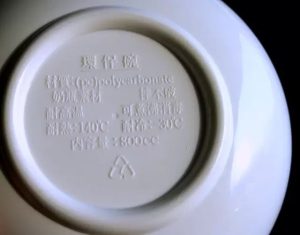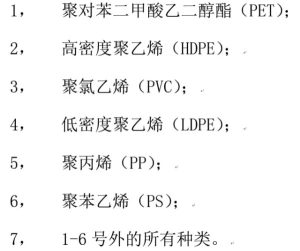There are many plastic products on the market . It can be said that plasticizers are essential for plastic production.
There are more than 20,000 types of plasticizers currently in use. In principle, for each plasticizer, there should be a detailed research report.
Is it toxic? What is the dose of poisoning or teratogenic or carcinogenic? How is it metabolized in the human body? How does it accumulate in the environment? What is its stability? Will it gradually migrate to food as the time of use increases?
However, due to the wide variety of plastic products and complex conditions, after more than 30 years of research and experiments, there is still no conclusion on the toxicity of plasticizers. No experiment can definitively prove which plasticizer causes tumors. [7]
Therefore, governments of various countries can only take into account people’s health and industrial development as much as possible when experimental evidence is insufficient.
Plasticizers are mainly used in the production of polyvinyl chloride (PVC), and most of the raw materials for the plastic basins mentioned in Tadpole Jun’s fan comments are polypropylene (PP).
Polypropylene is polymerized from propylene and has good heat resistance and high stability. It is not only used in food packaging and utensil production, but also widely used in textiles, toys, and medicine. Some countries’ coins are even made of polypropylene.

Of course, the safety of polypropylene is conditional. Although polypropylene has good heat resistance and can withstand high temperatures of more than 100 degrees Celsius and can be used for microwave heating, the boiling point of grease is higher, around 200 degrees Celsius. Therefore, polypropylene is not suitable for holding hot grease.
In addition, polypropylene is prone to aging and degradation, losing its original transparency, causing the surface to turn yellow, fade, or even completely pulverize. [8]
Aged polypropylene is naturally no longer safe, so pay attention to the service life of plastic utensils.
Many elderly people are accustomed to living a hard life, and they are unwilling to give up their daily necessities. Little do they know that doing so will turn safety into harmful, and the gain outweighs the loss.
The logo behind plastic product

If you want to protect the safety of your family, you should first control your purchases, try to choose products from major manufacturers, check quality inspection news regularly, and avoid problematic batches.
Secondly, you need to learn some knowledge about plastic products, such as plastic classification marks, judge the ingredients through the marks, and determine the scope of use based on the ingredients.
Post time: 05-23-2024



